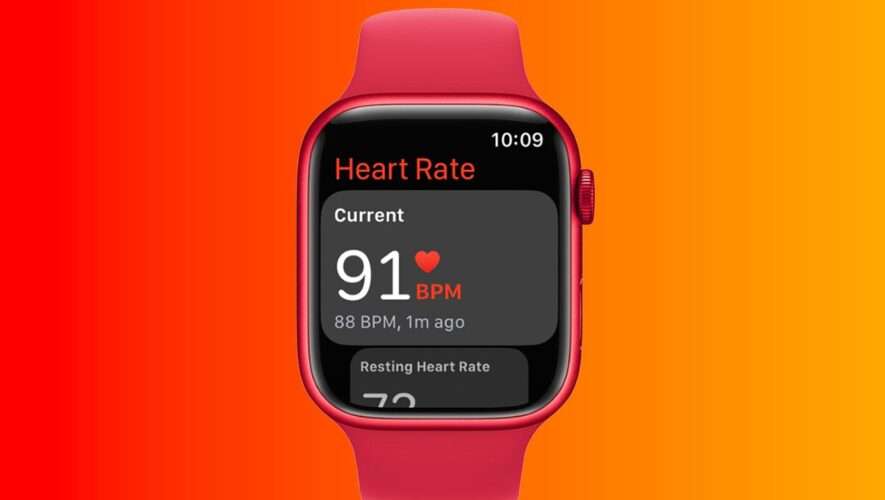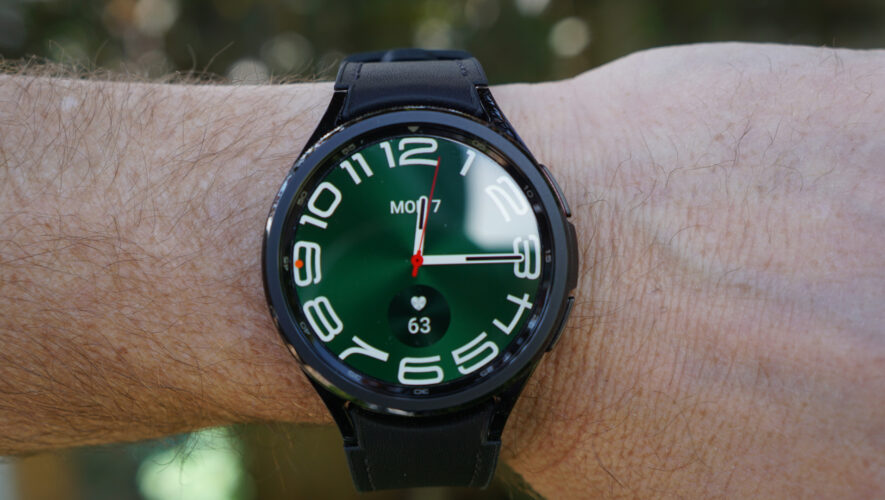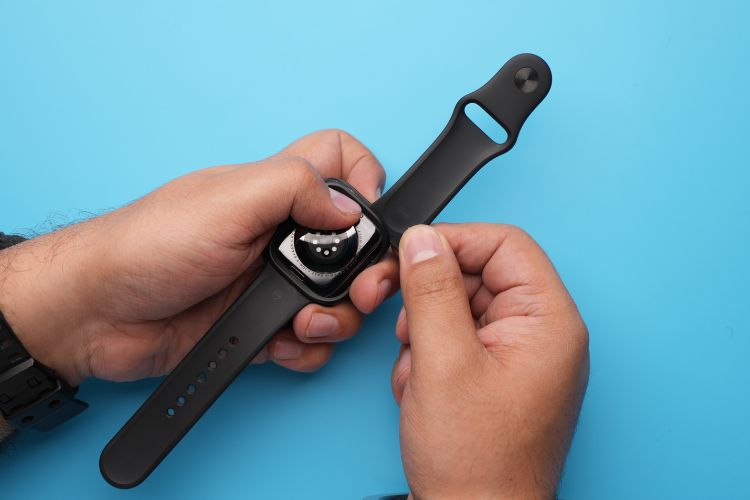The Apple Watch has become an essential device for those who are health-conscious, fitness enthusiasts, or athletes. With its built-in Heart Rate app, you can track your heart rate throughout the day. Moreover, you can show your heart rate directly on your Apple Watch face. This can be a lifesaving feature, as it enables easy heart-health monitoring throughout the day. Through the Modular and Siri faces, you can display a large complication showing your heart rate measurement. You can also use third-party apps like Cardiogram to show your heart rate directly as a complication.
POCKET-LINT VIDEO OF THE DAY
Additionally, you can add the Heart Rate app to your Dock. By customizing your Apple Watch face and adding complications or using the Heart Rate app in the Dock, you can stay on top of your fitness and health goals. Here’s how to get started.
How to show your heart rate directly on your Apple Watch face
To see your heart rate on your Apple Watch face, you’ll need to do two steps. The first involves adding a watch face that supports the Heart Rate complication (which you can do two different ways), and the second is actually adding the Heart Rate complication to the Apple Watch face. The process is simple and takes less than a minute to do.
Step 1: Use a watch face that supports Heart Rate complication
You can show your heart rate on your Apple Watch face by using the Modular face, Siri face, or other faces that support displaying heart rate as a complication. These faces are optimized to have a large complication area, so they can easily display your heart rate measurements.
Digital crown method
Here’s how to add the Modular or Siri watch faces on your Apple Watch using the digital crown:
Press the Digital Crown until your watch face is displayed. To add a new watch face, touch and hold the display until the “Customize” option appears. Swipe all the way to the right until you see the “New” option and tap on the “+” icon. Turn the Digital Crown to browse through all the available watch faces. When you find the Modular or Siri watch face, tap on it and then tap on “Add”. If the watch face has no options for customization, it will become your current watch face. Otherwise, you can swipe through and adjust available features like colors and complications.
Once done, press the Digital Crown twice to go to your new watch face. Watch app method
Here’s how to add the Modular or Siri watch faces on your Apple Watch using the Watch app:
Launch the “Watch” app from the home screen. Tap on “Face Gallery” to browse and select from various watch faces. Swipe down to find the desired face, like Modular or Siri. Tap “Add” to add it to your available faces. Note: You can customise a watch face by touching and holding the display and then tapping “Edit”. You can then add complications, change the colours, etc.
Step 2: Add a Heart Rate complication to your Apple Watch face
Now you need your heart rate as a complication to your new Apple Watch face. The heart rate complication is a feature on the Apple Watch that displays your current heart rate measurement on your watch face. It allows you to easily monitor your heart rate and detect any irregularities.
Touch and hold the face, then tap Edit. Swipe left all the way to Complications. Tap on the middle complication. Select Heart Rate.
How to check your heart rate on Apple Watch
To check your heart rate, you can always open the Heart Rate app on your Apple Watch and wait for it to measure your heart rate. Throughout the day, you can also view your resting, walking, breathing, workout, and recovery rates. But for easy access, simply add the Heart Rate complication to your watch face.
Optional step: Add the Heart Rate app to the Dock
You can also add the Heart Rate app to the Dock, so you can quickly launch the app. To add the Heart Rate app to the Dock, open the Watch app on your iPhone and tap on the “My Watch” tab, then select “Dock”. Make sure that “Favorites” is selected, and tap on “Edit”. Scroll until you find the Heart Rate app and tap on the “+” button to add it. You can add up to 10 apps. To rearrange the order of apps, touch and hold the reorder button next to an app, then drag it up or down.
Do third-party apps show heart rate on your Apple Watch face?
You can use third-party apps like HeartWatch or Cardiogram to show your heart rate as a complication on your Apple Watch face. When you install and set up these apps, you will be prompted to sync them with the Heart Rate app on your Apple Watch before they can show your heart rate as a complication.
HeartWatch and Cardiogram are just two examples of third-party apps that you can use to show your heart rate as a complication on your Apple Watch face. Some of them even offer features and metrics beyond the basic Heart Rate app on the Apple Watch, such as more detailed graphs and analysis of your heart rate data.
Want to know more about Apple Watch?
At Pocket-lint, we’ve dedicated years to playing with and testing the Apple Watch. Our team has used every model of the watch and have created guides comparing them, as well as providing tips and tricks and reviews to help you learn more about Apple’s smartwatch lineup.
Read more:
Pocket-lint
https://www.pocket-lint.com/heart-rate-pulse-apple-watch-face/



